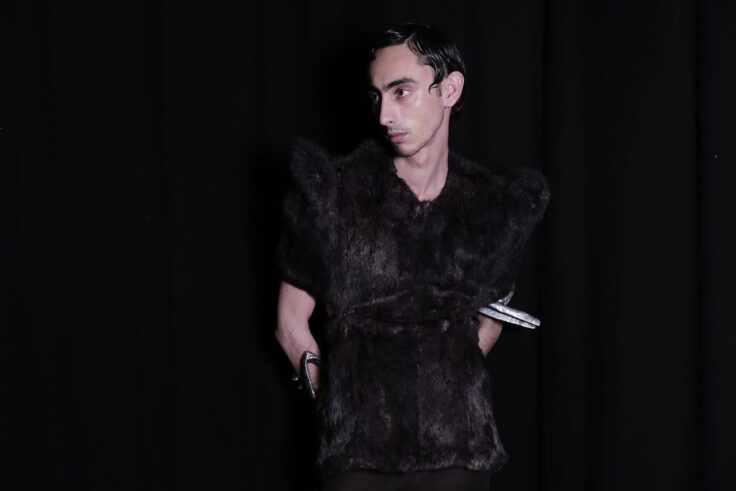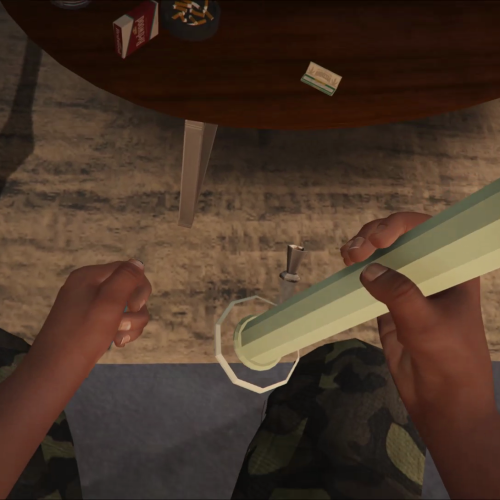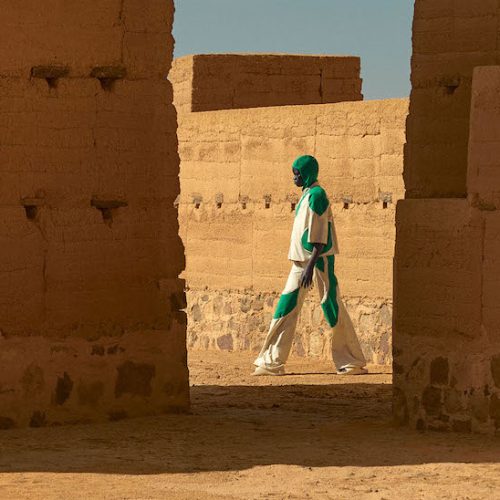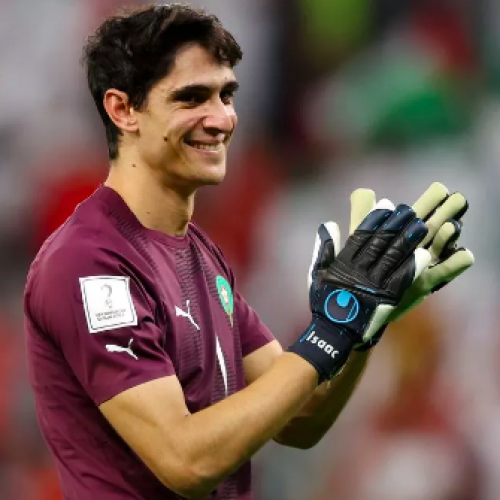From Alexander McQueen to Vivienne Westwood, London has birthed some of the fashion world’s most revered designers. It seems that the English capital’s influence on the world of fashion hasn’t slowed down. Currently the nest to one of Morocco’s most promising creatives, Faris Bennani – we’re keeping a close eye on London (and Morocco) for years to come.
Being one of the vanguard voices of a new generation of Arab designers, the 23-year-old icon in the making is far from being short of talent. Soaked in art and culture from his younger years, the Rabat native went on to trail his craving for refined textiles, abstract shapes and peculiar silhouettes by sitting on the benches of the very prestigious Central Saint Martins institute in North London.
Having already worked with some of the biggest names in the industry, Faris’ approach to fashion can be labelled as provocative, subversive and intriguing. His spirited set of techniques and gender-bending styles have piqued the interest of many, including Rick Owens. That’s just the start for the young designer it seems. We’re confident that the bold and bright trailblazer will find his way to the helm of a historic fashion house if he doesn’t decide to establish his very own label.
Pacing through the world of tertiary arts, we sat down with the ambassador of Moroccan fashion in London to shoot the breeze in an exclusive interview on everything from heritage, influence and more.
Does your North African background influence your work and choices?
I would definitely say that I am inspired by my North African background. I like the idea of creating something from my Moroccan point of view but without it necessarily screaming “Morocco.”
It is more about creating/provoking a feeling or a memory out of the inspiration. I value a lot of local art as it showcases raw materials and highlights them without diminishing, or muting their natural feel. The handmade aspect is what fascinates me, but on top of that, the spontaneity of the craftsmanship is what attracts me. Being a very material-based designer, I am very captivated by the tactile feeling and overall experience of my inspiration.
https://www.instagram.com/p/BmHSKs-l_xr/
Your silhouettes and designs seem to go against most preconceptions and ideas of manhood and masculinity. Is this something you are actively challenging?
I have my own perception of gender but for me this is especially apparent when it comes to my designs. For me the only difference between menswear and womenswear is probably just the darts when it comes to really fitting the garment on a body.
I do believe that the essence of fashion is to feel empowered and comfortable. At the end of the day, it is just a piece of fabric wrapped around the body, and we shouldn’t give it a gender. I like the idea that one looks at my clothes and decides by themselves which piece they would like to wear without me dictating to them what to choose.
https://www.instagram.com/p/B5KnXRbA45x/
You sat on the benches of the very prestigious school of Central Saint Martins while also working in the Rick Owens studios. Why leave your native Morocco to perfection your craft in the UK?
I needed to leave Morocco to realize how much I am attached to it. It also made me much more interested in my own culture as well as actually realizing the beauty of what surrounds me when I am there.
Being in the UK during my studies helped me a lot to grow my sensibility as I was in the middle of a society that was alien to me. Feeling like an outsider made me much more curious, excited and willing to discover new things and have new experiences. And when you mix all of those factors, you realize that there is always an outside life to the life you are living.
This makes me think of escapism: to escape from the real world to the safety and comfort of a fantasy world – but without necessarily feeling “safety and comfort”. So yes, it could have been possible in Morocco, but the experience would have been much different, it feels like I didn’t have enough tools to help me grow as much as I would have in the UK.
https://www.instagram.com/p/CQY7SyFgiw6/
How do you envision the future of fashion for Arab designers and other ethnic minorities? Do you see inclusivity as a catalyst for change?
I think that now is the moment for change and we have witnessed in the past years a growing interest of the public in the discovery and the acceptance of different cultures and different points of views. I think the reach of the internet and its accessibility to [almost] all, is in fact the primary reason behind why ‘inclusivity’ becomes a more prominent topic in today’s society.
We (MENA) artists (and “ethnic minorities”) have to use this opportunity to promote ourselves in mass in order to normalise our presence in the fashion/ art scene. So yes, I definitely see inclusivity as a catalyst for change. And I think that we are walking faster on the right path. Having said that, I still believe that we have a long way to go.
https://www.instagram.com/p/CTwk4T8AjZc/
What does the future look like for Faris Bennani? What is the future of fashion according to you?
Growing up surrounded by sculptors, painters, product designers, landscapers, and watching the process of their creations, I always had this exciting feeling that I wanted to experiment in different fields. Being a very curious person, I am really interested in creating a world of myself going from interior design to fashion to even music or architecture.
I like the idea of experimenting, failing and perfecting but also the idea of having a certain feeling of belonging in my own universe. For the moment my main focus is on fashion and I am working on side projects to complement the garments. I definitely do not want to restrain myself to just one practice, I see it as a kind of joyful spiritual journey. I thought many times about what my future would look like but I prefer to leave that to my perseverance in work to tell — I am very adaptable and invested person and for now, working is my priority.









